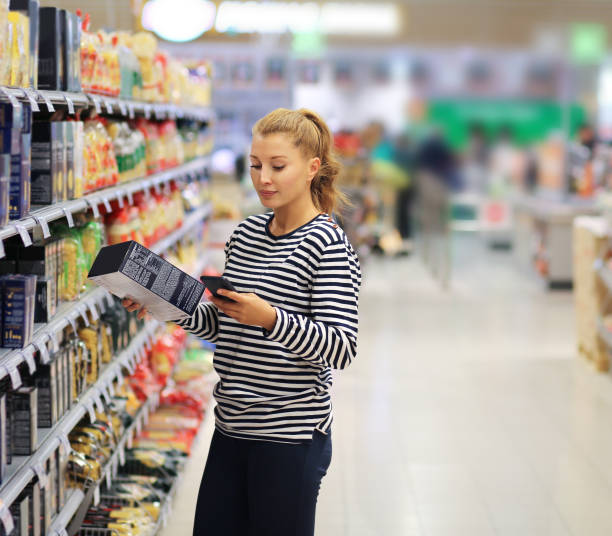Understanding Nutrition Labels On Food Packaging

Understanding nutrition labels on food packaging is essential for making informed dietary choices. Let’s break it down step by step:
- Serving Size:
- Start by checking the serving size. All other information on the label is based on this portion.
- Compare it to the amount you typically consume to understand the nutritional content accurately.
- Calories:
- Look for the calorie count per serving. This tells you the energy content.
- Consider your daily calorie needs and adjust portions accordingly.
- Fat Content:
- Check the total fat and saturated fat amounts.
- High total fat (more than 17.5g per 100g) or saturated fat (more than 5g per 100g) may not be ideal for heart health.
- Sugar & Salt:
- Examine the sugar content. High sugar levels (more than 22.5g per 100g) can impact overall health.
- Monitor the salt content (more than 1.5g per 100g). Excessive salt intake is linked to hypertension.
- Reference Intakes (RIs):
- Some labels provide information on how a portion contributes to your daily reference intake (RI).
- RIs are guidelines for nutrients like fat, sugar, and salt.
- Front-Of-Pack Labels:
- Many products display traffic light labels on the front. Green means low, amber is medium and red indicates high levels of fat, sugar or salt.
- Use these colour codes to quickly assess the product’s healthiness.
- Ingredients List:
- Check the ingredients list. Ingredients are listed in descending order by weight.
- Be aware of additives, allergens, and hidden sugars.
Remember, reading labels empowers you to make healthier choices. Prioritise whole foods, limit processed items and stay informed. To find out more about nutrition labels on food packaging, please feel free to contact us today at David Jones Personal Training or call us on 07485 191 790.
